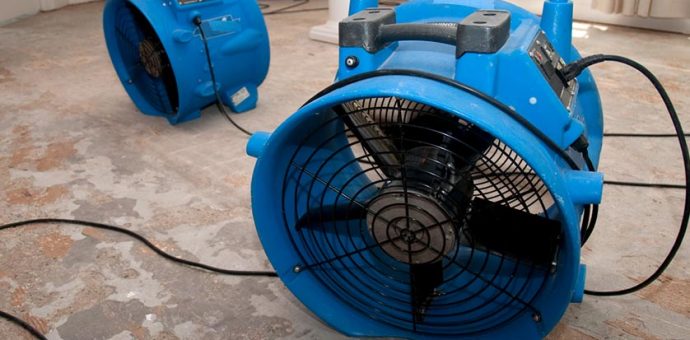How to Prevent Mold After a Flood
Floods will significantly increase the humidity inside your home, attracting mold growth that seems unpreventable. However, this isn’t always the case. Learn more about it in today’s post from DC Eager Emergency Services, LLC.

Quick Response and Moisture Control
The key to preventing mold growth lies in the rapid response to flooding. Mold can begin to grow within 24 to 48 hours of water exposure. Therefore, initiating cleanup efforts immediately after water levels recede is crucial. Opening windows to air out affected areas can significantly aid in drying out the premises, especially when outdoor humidity levels are lower than indoors. Employing fans and dehumidifiers further accelerates the drying process and reduces humidity that attracts mold.
Removal of Wet Materials
Identifying and removing wet materials is an essential step in mold prevention. Porous materials such as carpeting, insulation and certain types of drywall can harbor mold spores once they become waterlogged. Disposing of these materials promptly can prevent those spores from taking root and spreading. However, it’s important to document any disposals for insurance purposes before proceeding with this step.
Cleaning and Disinfection
Hard, non-porous surfaces should be cleaned and disinfected to remove any potential mold spores. Using a mixture of water and detergent, scrub these surfaces thoroughly, then apply disinfectants. For porous surfaces, options like Concrobium can be sprayed after the drying process to inhibit mold growth. Keep in mind that some of these substances can be potentially dangerous to you, so entrust their application to a local expert in mold remediation and prevention.
Humidity and Ventilation Management
Maintaining low humidity levels inside your home is crucial for deterring mold growth. Run dehumidifiers continuously in the affected areas, and monitor the humidity levels to keep them below 50 percent. Supplementing with continuous airflow can further support a dry environment, dissuading mold spores from settling and growing.
Professional Mold Assessment
For areas significantly impacted by flooding, or if mold is already visible, contacting professionals like DC Eager Emergency Services, LLC for a thorough assessment and remediation is advisable. Experts can identify hidden moisture sources and mold hotspots that might not be obvious to homeowners.
Preventative Measures for Future Protection
Invest in home improvements that reduce the risk of future water damage. Properly grading your property to direct water away from the foundation, installing sump pumps, and ensuring good ventilation within the house can all play a vital role in keeping your home dry and mold-free. Regularly inspecting pipes, roofs, and windows for leaks can also preempt water intrusion.
It’s always best to seek the help of a mold prevention and remediation expert to prevent mold growth in your property after a flood. You can always count on us at DC Eager Emergency Services, LLC for comprehensive solutions. Call us at (717) 989-5763 or fill out this free assessment form to get started.

